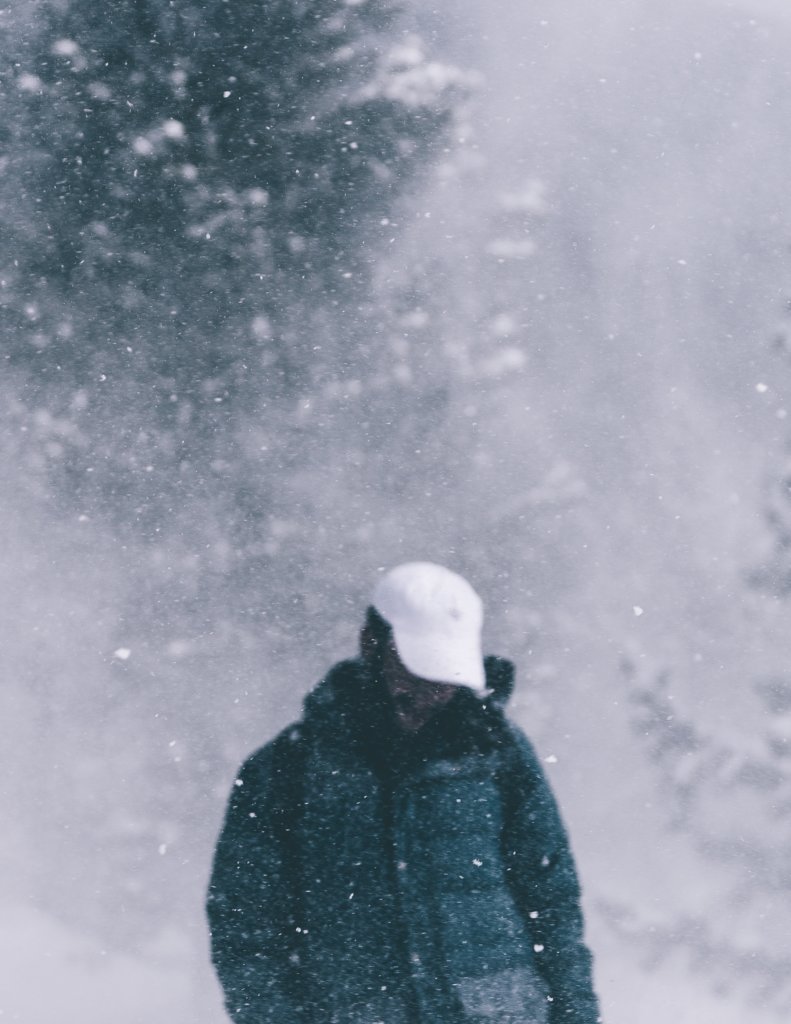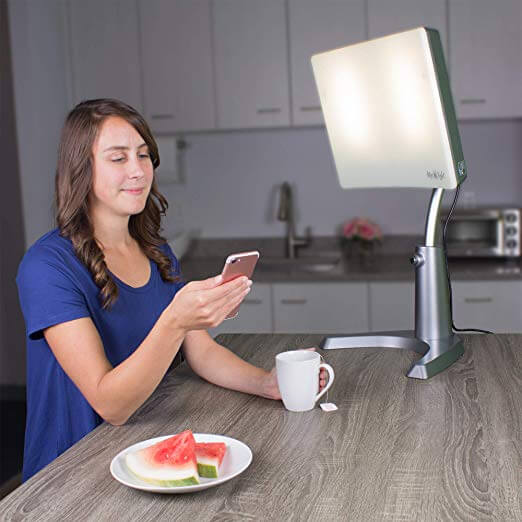It’s no secret that winter is long, dark and cold in Buffalo. As a result, Seasonal Affective Disorder (SAD) is a real problem for many people who live in Western New York and other areas with limited sunlight during the winter.
With the winter solstice (the day with the shortest period of daylight and the longest night of the year) taking place on December 21, we thought it would be helpful to offer some background on SAD and share our tips on avoiding it during the dark days of winter.
On the bright side, from here until June 21, hours of daylight will progressively increase. But we’re in for a tough few months, so in the meantime, here are some ways to deal with the winter blues.
Less sunlight in winter leads to doldrums
On December 21, Buffalo receives only about 9 hours of daylight, compared to nearly 15 and a half hours on its summer solstice (typically June 21).
According to Current Results, in December and January, Buffalo averages 1 sunny day and 6 partly sunny days. The percentage of time between sunrise and sunset that sunshine reaches the ground ranges from 27% in December to 31% in January.

Due to its low sunshine rates during the winter (just 31% over the four coldest months of the year), Buffalo was recently ranked 7th among U.S. cities for “Most Depressing Winters” and earned the title of most “depressing” city for winter in Upstate New York — and anyone who’s experienced a few winters wouldn’t have much of an argument.
What is SAD?
Seasonal Affective Disorder is a real, documented medical condition that affects some people in the late fall and winter, when daylight is limited in the northern hemisphere. It tends to be more common in countries with low levels of sunlight during the winter.
Symptoms are similar to depression and include a lack of energy, difficulty concentrating, weight gain, insomnia and feelings of hopelessness. While the exact causes remain unknown, sunlight plays a key role, most likely by affecting people’s levels of hormones like serotonin and melatonin, as well as vitamin D levels.
According to Sustainable Balance, serotonin and melatonin levels affect your circadian rhythm, which determines when you sleep and for how long.
Serotonin production is directly related to how much bright sunlight you are exposed to. The brighter the sunshine, and the longer an individual is exposed to it, the more serotonin their brain will produce. Serotonin is believed to produce feelings of well-being and happiness, so missing out on sunshine can lead to seasonal depression.
When the sun begins to set, your brain senses this dimmer light and begins the synthesis of melatonin from serotonin. When melatonin is secreted into the bloodstream, you start to feel sleepy.
But when you don’t get enough sunshine and don’t produce serotonin, you won’t produce melatonin, and you may have a hard time sleeping and staying asleep — and even put yourself at risk for diseases like cancer. A lack of sleep can also contribute to feelings of depression, lethargy and overeating, which can make SAD symptoms even worse.
How to fight SAD during the winter
Luckily, there are ways to beat the winter blues. We’ve put together some of our tips for fighting seasonal depression.
However, if you’re feeling depressed for long periods and it’s significantly affecting your day-to-day life, you should call your doctor ASAP. While these tips can help with occasional mood swings, it’s crucial to get more specialized treatment if you’re experiencing symptoms of SAD, as it can mimic other disorders.
- Light therapy: Light boxes are frequently used to treat SAD. These boxes give off bright light that mimics natural outdoor light. The light helps your body produce serotonin, the chemical that makes you feel happy and calm. Your body then synthesizes serotonin into melatonin, which helps you fall asleep at night. Generally, you’ll want to work or sit near a light box for 30-60 minutes each day. Be sure to read the manufacturer’s instructions and check with your doctor before using a light box. You can find the right one for you on this list of the 6 best SAD lamps available on Amazon.

- Get outside: Take outdoor walks as often as possible. Exposing yourself to natural light, even if it’s just for a brief walk, can help regulate your serotonin levels and improve symptoms of SAD. We know it’s cold, but even if you just go out for a couple 10-minute walks each day, you’ll feel so much better after. Even better — take up an outdoor winter activity, such as skiing or snowshoeing. These activities will help get your body heat up so you won’t mind being outside in the cold as much.
- Exercise daily: Even if you can’t get outside, exercising even indoors can improve your energy levels and mood and help you sleep better, all of which can help you avoid seasonal depression and winter weight gain.
- Eat healthy: You are what you eat, and if you eat heavy, fattening food, you’ll likely feel lethargic and have trouble sleeping, which can lead to more symptoms of SAD. Eating fresh and healthy food and plenty of fruits and vegetables can help improve your mood and energy levels during the winter and help fight infection and seasonal illnesses.
Avoid using technology at night: The blue light from screens on TVs, cell phones and computers can inhibit your body’s ability to produce melatonin. This can lead to insomnia, which creates a vicious cycle of not sleeping enough and feeling terrible the next day. - Warm up your apartment: We don’t just mean by turning up the heat. Creating a cozy home can help you feel more content and relaxed during winter. We suggest lighting candles, purchasing soft rugs and comfortable blankets, hanging curtains and keeping houseplants, which improve air quality and can make you happier and more productive. All of these things can make you happier when you’re stuck in your apartment during the winter.

- Buy a humidifier: You’ll sleep much better and get sick less often. Humid air also feels warmer and will keep your skin from drying out due to cold outdoor air and dry indoor heating. We recommend this one because it’s also a diffuser, and essential oils can improve your mood when you’re feeling down during the winter.
- Take supplements as directed by your doctor: If you really need to sleep, you may decide to take a melatonin supplement, but don’t use it for more than a couple nights. Vitamin D supplements can be good for people who aren’t getting enough Vitamin D from sunlight. Be sure to talk to your doctor before starting any new supplements or medications.
- Take a warm weather vacation: If you can, a couple days in the warmth and sunshine can go a long way in helping you get through winter. Check out the best winter destinations you can fly to nonstop from Buffalo.
How do you stay sane and happy during the long dark months of winter? Let us know in the comments below.

 Fair Housing Notice
Fair Housing Notice 